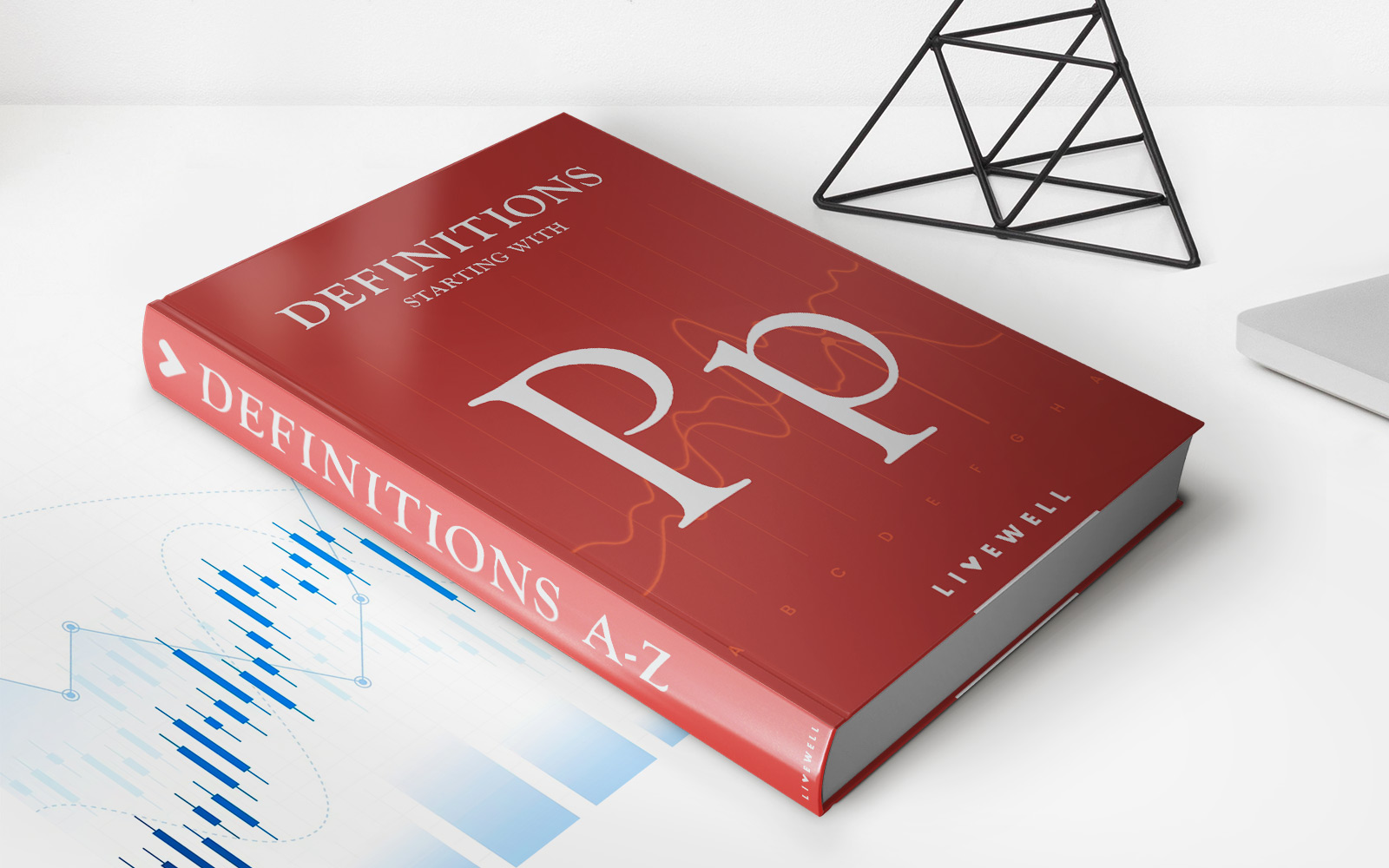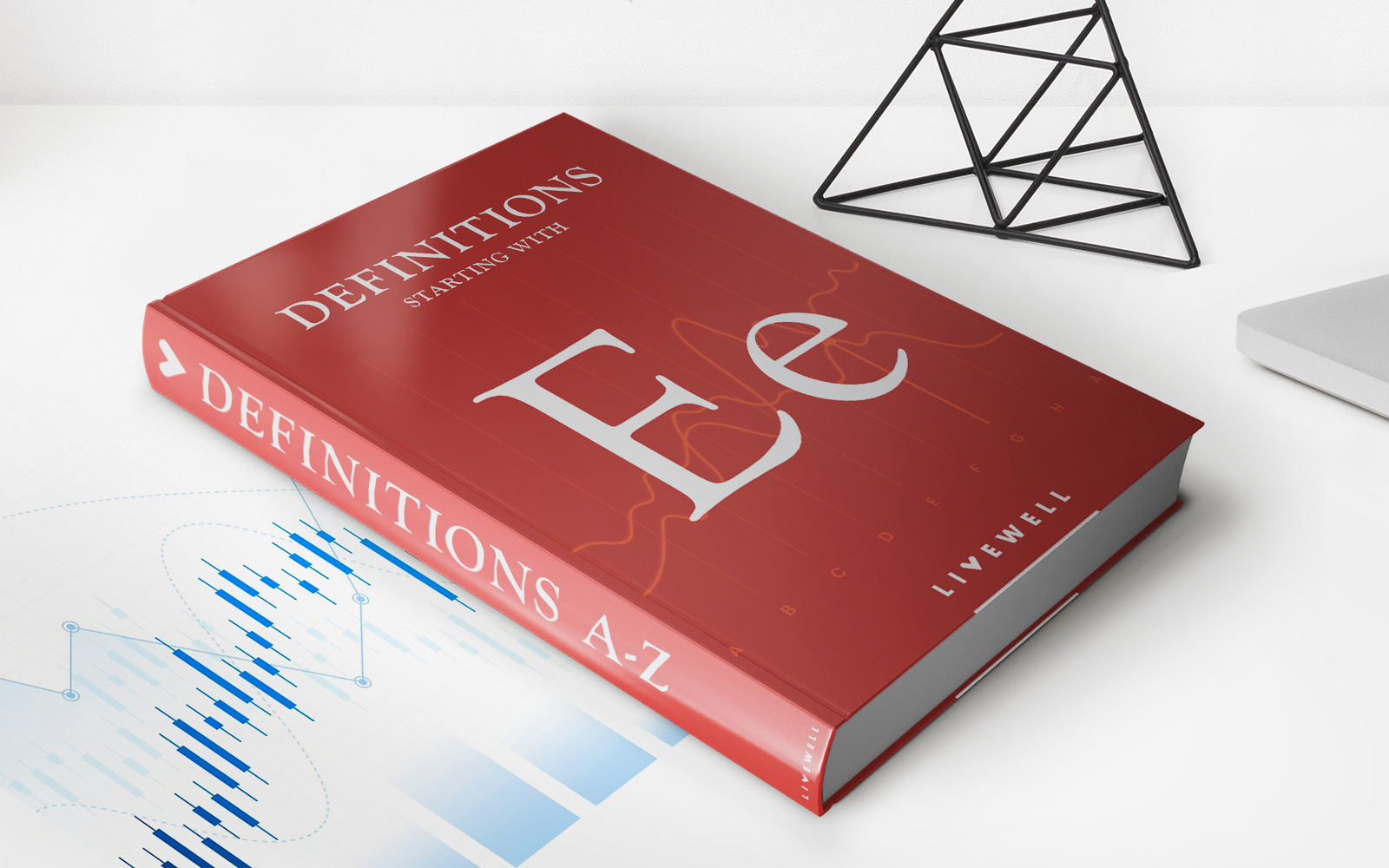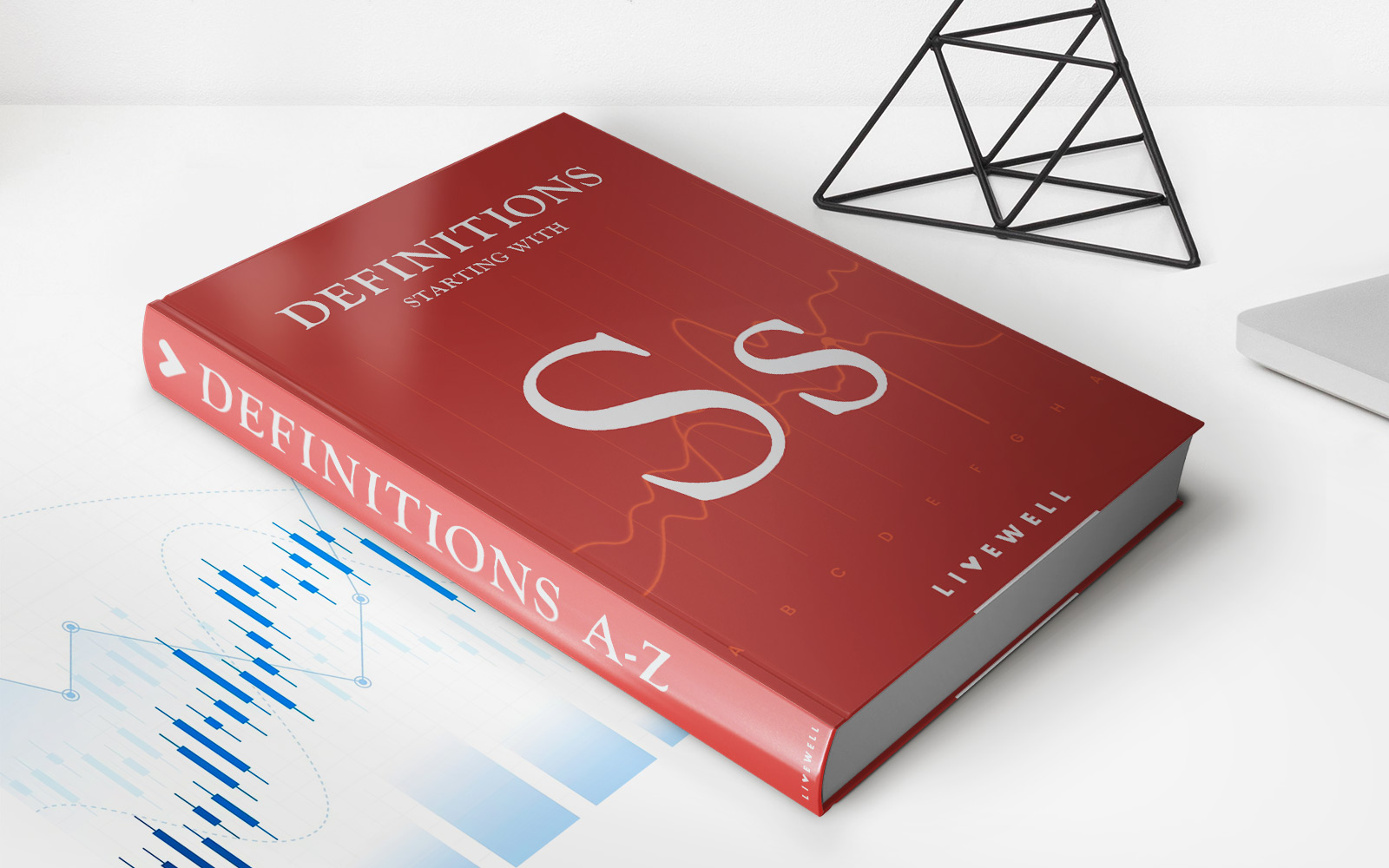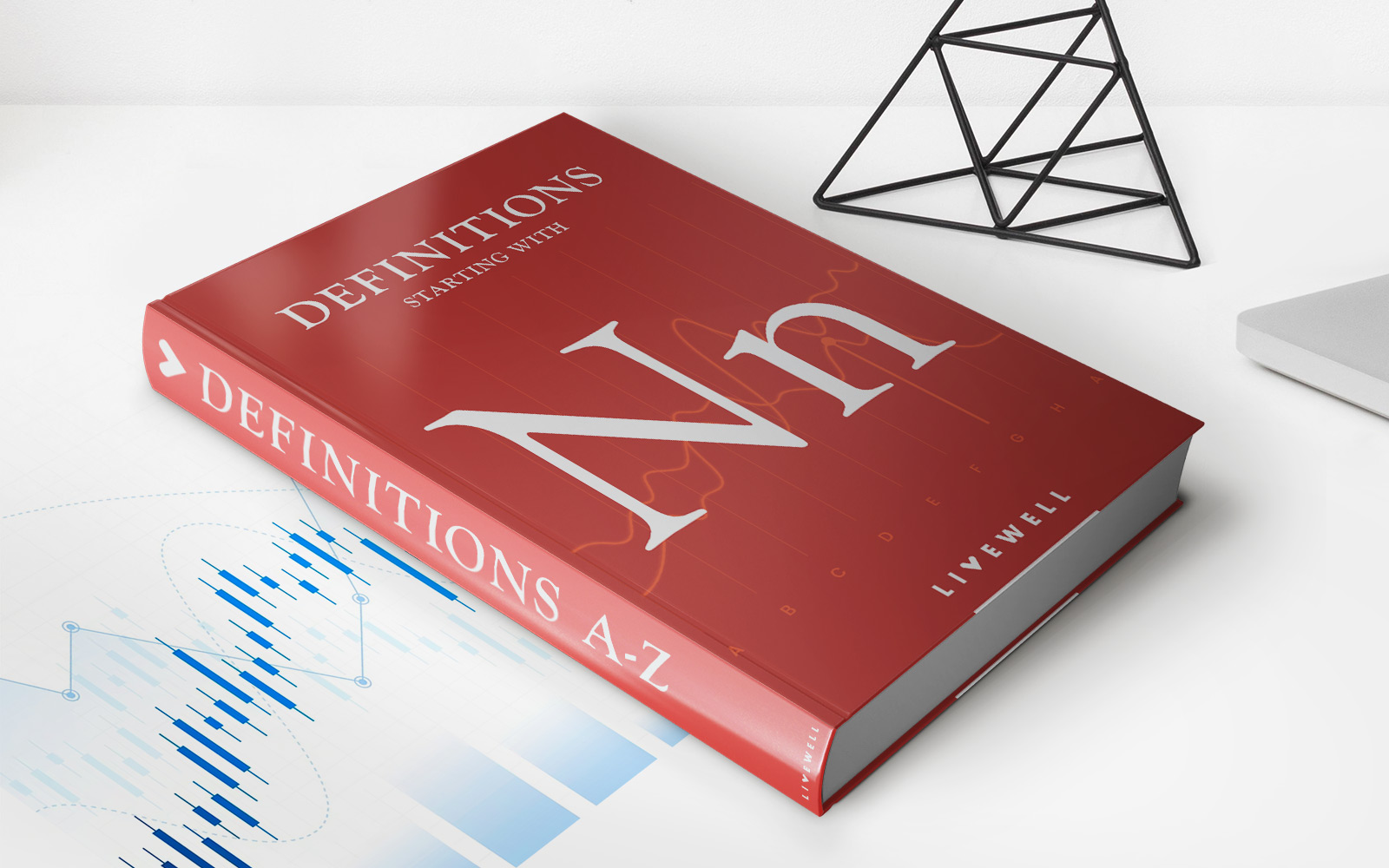Home>Finance>Profitability Index (PI): Definition, Components, And Formula


Finance
Profitability Index (PI): Definition, Components, And Formula
Published: January 12, 2024
Looking to understand the Profitability Index (PI) in finance? Learn about its definition, components, and formula in this comprehensive guide.
(Many of the links in this article redirect to a specific reviewed product. Your purchase of these products through affiliate links helps to generate commission for LiveWell, at no extra cost. Learn more)
The Profitability Index (PI): Definition, Components, and Formula
When it comes to evaluating investment opportunities, businesses rely on various financial metrics and analysis tools. One such tool is the Profitability Index (PI), which helps assess the potential profitability of an investment. In this blog post, we will delve into the definition, components, and formula of the Profitability Index, providing you with a comprehensive understanding of this important financial metric.
Key Takeaways:
- The Profitability Index (PI) helps businesses evaluate the potential profitability of an investment.
- It is calculated by dividing the present value of future cash inflows by the initial investment.
Understanding the Profitability Index (PI)
The Profitability Index, also known as the Profit Investment Ratio, is a financial metric that enables businesses to assess the potential profitability of an investment. By considering both the timing and magnitude of cash flows, the PI gives a holistic view of the investment’s profitability.
The PI is calculated by dividing the present value of future cash inflows by the initial investment. The present value is calculated by discounting future cash flows back to the present using an appropriate discount rate. The resulting value is then compared to a benchmark to determine whether the investment is worthwhile.
Components of the Profitability Index
The Profitability Index consists of two main components: the present value of future cash inflows and the initial investment.
Present Value of Future Cash Inflows: This component represents the estimated future cash flows generated by the investment. These cash flows are discounted to their present value, reflecting the time value of money. Discounting allows for a more accurate assessment of the investment’s profitability, considering the impact of inflation and the opportunity cost of capital.
Initial Investment: This component represents the cost of the investment. It includes all upfront expenses, such as the purchase price, installation costs, and any other related costs. The initial investment should accurately reflect the cash outflow required to undertake the investment.
Formula for Calculating the Profitability Index
The formula for calculating the Profitability Index is as follows:
Profitability Index = Present Value of Future Cash Inflows / Initial Investment
For example, let’s say a business is considering an investment project with a present value of future cash inflows of $500,000 and an initial investment of $400,000. The Profitability Index would be calculated as follows:
Profitability Index = $500,000 / $400,000 = 1.25
A Profitability Index greater than 1 indicates a potentially profitable investment, while a value less than 1 suggests a potential loss or lower return. In this example, the PI of 1.25 indicates that the investment is expected to generate positive returns.
The Importance of the Profitability Index
The Profitability Index is a crucial tool for businesses when evaluating potential investments. Here are some key reasons why it is important:
- Better Decision-Making: The PI provides a quantitative measure of the potential profitability of an investment. By comparing multiple investment opportunities using their respective PI values, businesses can prioritize their investments, making informed decisions on where to allocate their resources.
- Evaluating Risk: The PI allows businesses to assess the risks associated with an investment. A higher PI indicates a more favorable risk-reward profile, while a lower PI suggests a higher risk or lower potential return. Businesses can use the PI to determine the level of risk they are willing to take on.
In conclusion, the Profitability Index is a valuable financial metric that enables businesses to assess the potential profitability of an investment. By considering the present value of future cash inflows and the initial investment, the PI provides a comprehensive view of an investment’s profitability. By understanding and utilizing the Profitability Index, businesses can make informed investment decisions and optimize their financial performance.













